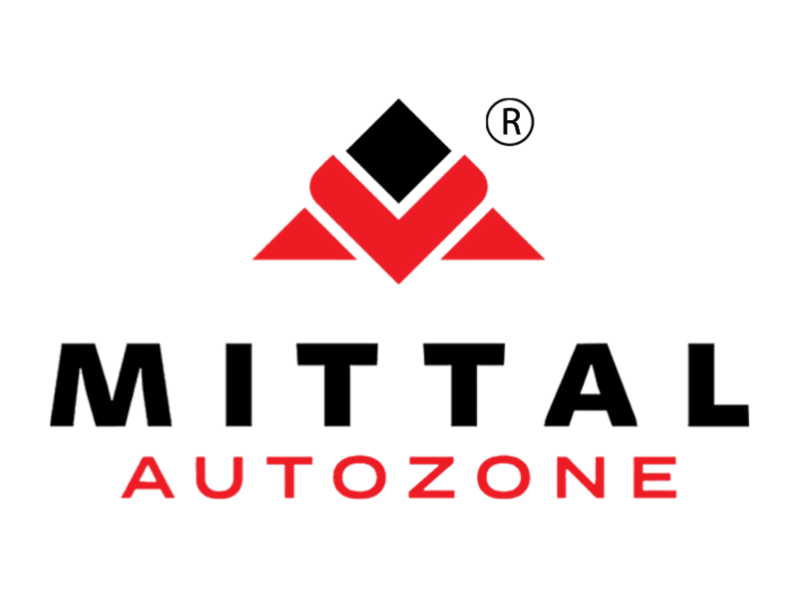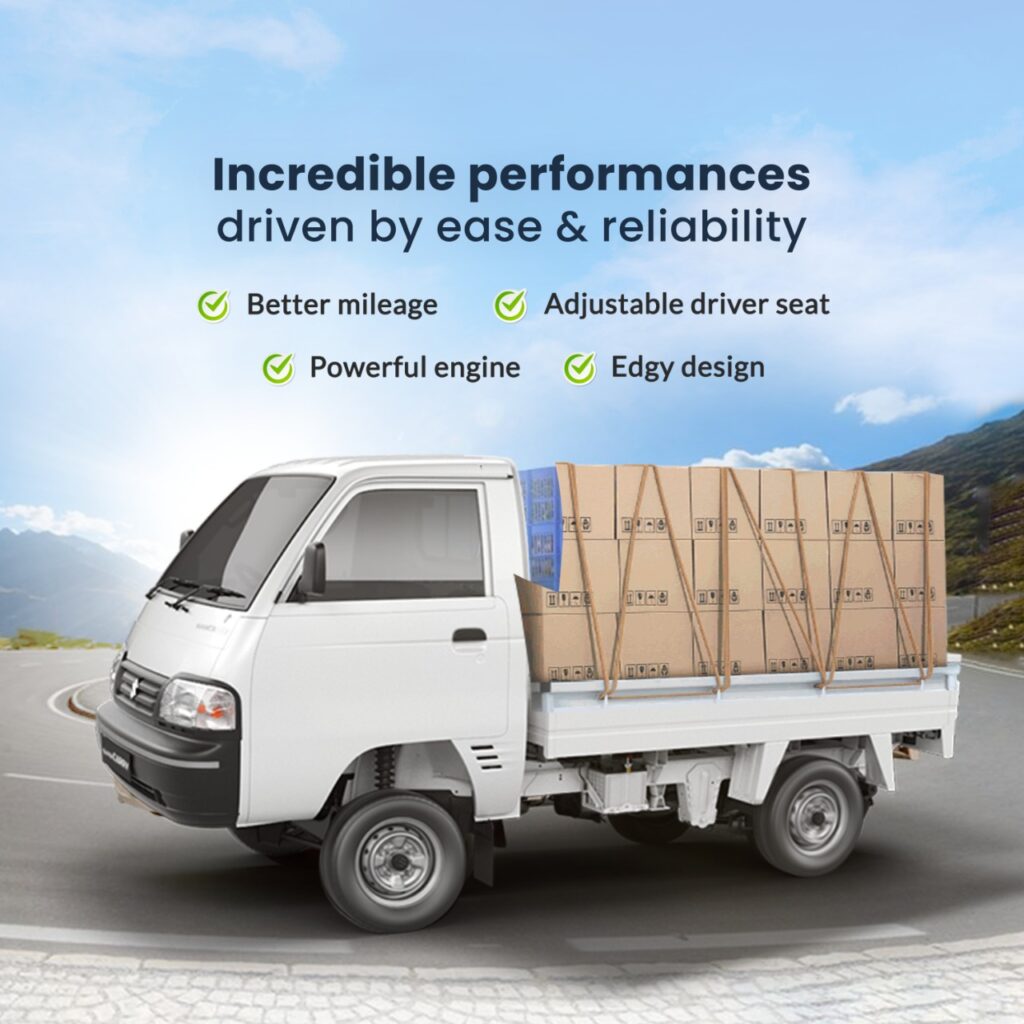Introduction
As a parent or caregiver, the safety of your child is of utmost importance, especially when it comes to traveling in a vehicle. Child restraint systems, commonly known as car seats, play a vital role in protecting young passengers in case of a collision or sudden braking. In this blog, we’ll delve into essential information about child restraint systems, helping you make informed decisions to ensure your child’s safety on the road.
- Types of Child Restraint Systems
There are several types of child restraint systems designed to cater to various age and size requirements:
a. Rear-Facing Infant Seats: Suitable for newborns and infants up to a certain weight and height, these seats are positioned facing the rear of the vehicle, providing crucial support to a baby’s fragile neck and spine.
b. Convertible Seats: These seats can be positioned both rear-facing and forward-facing, adapting to your child’s growth. They are a cost-effective choice as they can be used for a longer period.
c. Forward-Facing Seats: Designed for toddlers and young children, these seats face the front of the vehicle and include a harness to restrain the child during a collision.
d. Booster Seats: For older children who have outgrown a forward-facing seat, booster seats elevate the child, enabling the seatbelt to fit correctly across their body.
2. Choosing the Right Child Restraint System
Selecting the appropriate car seat depends on your child’s age, weight, height, and the type of vehicle you have. Always check the manufacturer’s guidelines and ensure that the seat meets the safety standards of your country.
3. Proper Installation
Installing a child restraint system correctly is crucial for its effectiveness. Read the instruction manual carefully, and follow the guidelines step by step. Many communities offer car seat inspection stations where experts can check the installation for you.
4. Location Matters
For optimal safety, place the child restraint system in the back seat of the vehicle. The middle seat is often considered the safest spot, as it reduces the risk of side-impact collisions.
5. Harness Adjustment
Ensure that the harness straps are snug against your child’s body. As your child grows, make adjustments to the harness to maintain a secure fit. The chest clip should be positioned at armpit level.
6. Extended Rear-Facing
Recent studies have shown that keeping children rear-facing for as long as possible significantly enhances their safety. Many convertible car seats allow for extended rear-facing, providing more protection for the head, neck, and spine in the event of a crash.
7. Expiration Dates
Car seats have an expiration date stamped on them. This is because the materials can degrade over time, impacting the seat’s effectiveness. Using an expired car seat can compromise your child’s safety, so be sure to check the expiration date before use.
8. Replacing After Accidents
If your vehicle has been involved in a significant collision, it’s advisable to replace the child restraint system, even if there’s no visible damage. The force of impact can weaken the seat’s structure, making it less effective in subsequent accidents.
9. Register Your Car Seat
Most manufacturers encourage users to register their car seats. This ensures you receive timely information about recalls and safety updates.
10. Leading by Example
Children learn by observing, so buckle up yourself and encourage good safety habits from a young age. Make sure everyone in the vehicle wears their seatbelts.
Conclusion
Child restraint systems are more than just car seats; they are tools that safeguard the lives of our most precious passengers. By understanding the types of seats available, proper installation techniques, and the importance of following safety guidelines, you’re taking significant steps towards ensuring your child’s safety on the road. Stay informed, stay vigilant, and keep your little ones secure during every journey.



